
What were once Cleveland Clinic’s gift shop windows are now displays of photos, artifacts and stories of our creation.
Advertisement
Cleveland Clinic is a non-profit academic medical center. Advertising on our site helps support our mission. We do not endorse non-Cleveland Clinic products or services. Policy
They are part of a new exhibit gifted from the Cleveland Clinic Alumni Association — inviting us to get to know our founders and our past.
The refresh with newly installed monitors brings life to a historic display that has been in place the past two decades, while preserving the original structure of the windows and hallway.
If you’re in the Cleveland area — stop by the exhibit located in the S hallway of the original Cleveland Clinic building on main campus. (It’s just steps away from the main entrance and north of the Patrick F. McCartan Centennial Gallery).
Not able to get there? Here’s a glimpse of what you’ll uncover in the exhibit:
Cleveland Clinic was born out of the lifelong collaboration of Frank Bunts, MD, George Crile, MD, William Lower, MD, and John Phillips, MD.
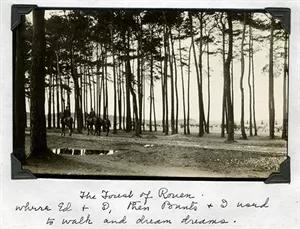
Before they became co-founders, they were colleagues, military officers, competitors and friends.
Drs. Crile, Bunts and Lower served as field surgeons during World War I in 1917 and 1918 in Rouen, France. In peaceful moments, the three would enjoy walks and dream of life after the war.
Dr. Crile captioned the colorized photo of the Forest of Rouen: “Where [Lower, Bunts and I] used to walk and dream dreams.” It was here that the idea of Cleveland Clinic grew.
They envisioned returning to Cleveland and setting up a group practice, replicating the collaboration among clinicians they experienced at the military hospital.
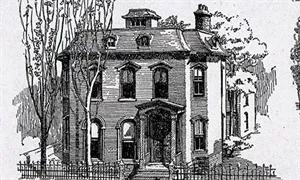
West 25th Street is now home to a popular destination for a night out of dining, imbibing and entertainment.
Advertisement
But did you know — it was formerly known as Pearl Street and home to an office building used by Drs. Bunts, Crile and Lower before Cleveland Clinic was formed.
Drs. Crile (right) and Lower (left) were cousins as well as lifelong friends and colleagues.

Dr. Crile’s son George (Barney) Crile Jr. recalled how the two men shared an “exuberant type of humor” and he had seen them “almost rolling on the floor in laughter.”
Supportive, compassionate relationships like this among colleagues at Cleveland Clinic live on to this day.
To aid in cutting sutures for the keyhole incisions he pioneered, Dr. Lower designed brass sur gical thimbles with built-in scissors on the undersides.
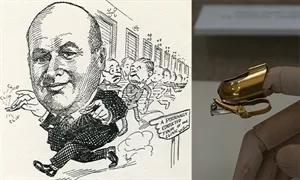
Though created before Cleveland Clinic opened, Dr. Lower refined the design here. This tool was a revolutionary invention for an already innovative technique.
The surgical thimbles became so synonymous with Dr. Lower that this 1923 Cleveland Clinic Annual Report illustration shows him leading a tour of the facilities while wearing his surgical thimbles on each hand.
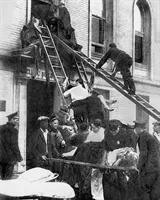
While there were many grand moments, a tragic event also deeply affected our organization in its early years.
In 1929, X-ray films combusted and released poisonous gas, killing 123 people. They were made of nitrocellulose and stored in the basement of the original Cleveland Clinic building.
It was a horrible event.
From this disaster, Cleveland Clinic emerged more resilient than ever. The community rallied in support; they volunteered to help rebuild and converted a nearby school into a temporary clinic.
Advertisement
Drs. Crile and Lower used their personal life insurance to secure loans for the rebuilding. The disaster resulted in nationwide changes in storage practices and safety regulations for hazardous materials.
It’s one of many times Cleveland Clinic has survived setbacks and came out stronger on the other side.
Advertisement
Advertisement

We celebrate the exceptional achievements of four future alumni

Honoring Exceptional Achievement and Leadership

We celebrate the exceptional achievements of four future alumni

Meet Hardeep Phull, MD (CCLCM’11)
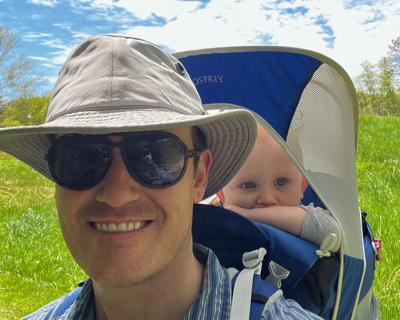
Meet William Tierney, MD, MS (CCLCM’16, OTO’18)
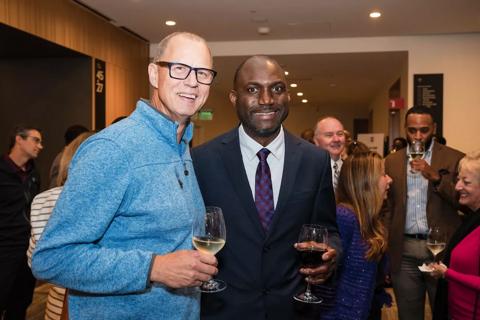
Meet Samuel Omotoye, MD (CARD/E'15)